And a Free Video for You!This summer, I created a poll on instagram to ask you about your experiences with savasana: Do you practice it? What's the easiest part about it? The hardest? Did it change after your loss? I got lots of replies. Here is a summary. Do you practice it? Yes and No. Some practice it regularly. Some did and don't any more. Some don't. The reasons for not include: not having the time (even though you know it helps, it's hard to make the time for it), and being fearful of what will come up during the pose (primarily emotion). For the ones that do, repeated and consistent practice was helpful in releasing chronically held tension. However, even with this knowledge, maintaining a regular practice of savasana was a challenge. What's the easiest? Some reported a feeling of relaxation: "Sinking into the earth," while other reported other things like crying or sleeping. The hardest part? Almost everyone reported the swelling of emotion or the activity in the mind being the hardest part about the pose. Finding the courage to do it was another. A couple of people mentioned the name - Corpse Pose - being disturbing enough that it was a barrier to their practice...and when the name corpse pose was used by a teacher loosely during a class, the practice became triggering, unsettling and unsafe. Did the practice of savasana change after loss? With this question I was hoping to glean information around the effect that grief had on one's ability to relax. For most, it did change after loss - in the ways mentioned above. For some, they had never practiced it before, so post-loss it was a new experience. What have I noticed as a grief-sensitive yoga teacher? In my experience, teaching yoga as a supportive practice for grief, I've noticed how important savasana and relaxation are to living with loss. So important in fact, that I weave the essesnce of savasana into the entire class. The relaxation of effort that one finds in savasana isn't only present in the last 3, 5 or 10 minutes of class, but it is part of the entire experience of yoga asana and mindfulness throughout, especially when it comes to coping with difficult states of mind and emotion. To me, savasana is an orientation to yoga. An emotional stance towards your practice. This pose embodies the nature and purpose of the entire practice. And yet, when I go to "regular" yoga classes, savasana is skimmed over, or worse, skipped completely. If it's not, the guidance is around relaxing the body, with less advice on dealing with mental tension, and usually NO advice on how to deal with emotional release during the pose...which is a very a common experience of those grieving. And so, this important pose - one that embodies the heart of yoga, and is exceptionally helpful to those experiencing ongoing states of suffering - becomes one that is avoided and misunderstood. That is why I created this video. I believe that savasana should be taught and practiced with the same depth of technique as headstand or a fancy arm balancing pose. I believe that the teaching of it should include, not only the body, but information about how to consciously relax the mind, as well as the emotions. And it's not simply "letting go" (a phrase that in its popularity has seemed to lose any real meaning). It's more about becoming deeply aware of your states of mind and emotions, and from there, working wisely with them. So, I hope you enjoy this video. The first 10 minutes are a preamble about why savasana is hard. I recommend you listen to it and take some time to reflect on how our modern and western view of relaxation has shaped your experience and ability to relax. For the practice, you will need a couple of blankets - one rolled up for behind your knees (or a bolster) and one folded for your head (or a small pillow). It may also be nice to have a blanket to cover up with. If you want to explore some of the topics I mention in this video, I have numerous blog posts on the subject: Namaste,
Sandy
0 Comments
It was in 1637 that Descartes wrote the phrase je pense, donc je suis, which translates into “I think, therefore I am.” I can’t help but wonder if this is where we went off track. Granted, Rene Descartes was a philosopher so this phrase has more depth than what I'll write about here...but is this where, to quote Robert Frost, two roads diverged in a yellow wood? Where we started to overvalue the mind and cognition and under value the body and emotion? There was another philosopher back then, who took the opposite stance to Descartes. His name was Spinoza. Instead of seeing the mind as a reasoning machine and separate from the body as Descartes did, Spinoza thought the body and mind were one continuous being, where thoughts and feelings are foremost in the body, not the mind. “For his beliefs, Spinoza was vilified and -- for extended periods -- ignored. Descartes, on the other hand, was immortalized as a visionary. His rationalist doctrine shaped the course of modern philosophy and became part of the cultural bedrock” (1). (There is a great NY Times article about this here). Fast forward 382 years and we live in a world where are overly cerebral. We value science, logic, rationality. We need statistics, and evidence. Productivity and objectivity is a marker of success. We are basically floating heads, walking around, detached from our bodies, disconnected from feeling. We are disembodied. Dissociated. I think, therefore I am, is a concept that yogis have been addressing for years. "Yogash chitta vritti nirodhah" meaning: In other words, the true nature and purpose of yoga is to stop the constant chattering, and churning of thoughts in the mind. The yogi channels the power of the mind, the mind does not hold reign over the yogi. The method to do this is multifaceted and robust...and perhaps a topic for a different post. I probably don’t even need to write this obvious fact, but I will: We aren’t just a bunch of heads walking around. Our heads are literally attached to our bodies...(insert cheeky emoji here). In any-case, a more apt phrase worth adopting may be: I feel, therefore I am.
During her experience with cancer she would chant: "I feel, therefore I am." I think grief is similar. For me it was anyway. There was something so visceral and unignorable about how grief showed up in my body. It wasn’t a mountain bike race I could push through...it was complete surrender to a force within myself, and much greater than myself (or my mind, maybe?). Grief forced me into communion with my body. My body and my emotions had more power than my mind...but the hard part was releasing my mind from trying to do it all, and to let my body and emotions guide me. It turns out that Spinoza was right; “Feeling, it turns out, is not the enemy of reason, but, as Spinoza saw it, an indispensable accomplice,” (1) and scientists are just starting to understand it now. In Finland scientists have mapped where more than 1000 participants felt 100 different emotions in their bodies. They compiled the results to create “bodily sensation maps.” What they found was that: “even those feelings you think are all in your head still create sensations in the rest of your body." As co-author Riitta Hari put it, "We have obtained solid evidence that shows the body is involved in all types of cognitive and emotional functions. In other words, the human mind is strongly embodied."” (3) I find it so striking; the areas that light up and the areas that don’t. Our bodies speak to us constantly, through sensation, and lack thereof. We try to think our way through our losses but we can’t. We have the entire rest of our body that is trying to communicate with us... we have to FEEL. Our minds have to understand that we feel. They have to unite. Yoga is one way to do this. The practice unites the body and the mind - to be mutually respectful allies. In Yoga for Grief Support, I teach about the mind - give strategies to tame it...and explore the language of the body. If you want to learn more about the classes and groups I run, you can visit my website by clicking the links below: In person groups in Edmonton Online Program References 1. Emily Eakin, 2003. I Feel, Therefore I am. New York Times. Retrieved from: https://www.nytimes.com/2003/04/19/books/i-feel-therefore-i-am.html on December 4 2018 2. Krista Tippet,2016. Becoming Wise. Retrieved from: https://onbeing.org/programs/feel-therefore-eve-ensler/ on December 4th 2018 3. Lauri Nummenmaa, Rita Hari, Jari K. Hietanen, and Enrico Glerean, 2018. Maps of Subjective Feelings. Retrieved from: http://www.pnas.org/content/115/37/9198 December 5th 2018 Feel, Feel, Feel...
Sandy To go in the dark with a light is to know the light.
I’ve been sinking into the darkness this December, really relishing in the long nights that mark the approach of solstice. At this time of year, the earth tilts so that the northern hemisphere is the furthest it can be from the sun, making the nights long, and they will get longer until the winter solstice, which is the longest night of the year. After the solstice the earth tilts back, nights get shorter and the days get longer, until the summer solstice, the longest day of the year. Throughout time the winter solstice has been celebrated and ritualized for the “return of light,” with hope, warmth and comfort in its wake.
Although, this post is about the dark. It is about the time before the light returns. It is the state we are in, when the light comes; but it’s not there yet. It’s dark. My obsession, nay intention, about sinking into darkness is in direct response to an internal longing for restfulness and reflectiveness that I get at this time of year...It’s also a counter move against the constant positive spin our culture puts on everything. As Wendell Berry said in the poem above, to know the dark, go dark. I’m going dark.
What about the mysterious? What about that which cannot be measured or quantified? We are forgetting that we are human beings, not a slew of numbers and statistics. We are losing our ability to be in relationship with the unknown, even though we spend most of our lives in this space.
Even within the modern culture of yoga, there is a skew towards focusing on positivity, and upward movement of the psyche towards betterment and progress. What happens to your practice when you are sorrowful and there is downward movement in your soul and psyche? That yoga, no longer fits. It’s not sustainable. Heck, even the word enlightenment gets so much more positive press than endarkenment.
I first heard of this word, endarkenment, in this 12 minute video by Joan Sutherland called The Radiance of the Dark She says that the universe is made up of 96% dark matter. 96%! That leaves only 4 % light. I found that statistic staggering, in our culture that undeniably values light (literally and metaphorically).
I watched the video a few times and every time I hear something more. It’s become one of my favourites Recently, I jotted down all the words or themes that related to darkness as I watched.I also jotted down word that related to light, for comparison sake. To explain endarkenment, I thought I’d just share my list with you.
Interesting, huh?!
We desperately need to change our relationship to the dark. Understanding the dark isn’t about looking for, or turning on the light switch, it’s about forming a relationship with the dark itself. Darkness is not a mistake. Part of the human condition is suffering...not to minimize it but to encourage you/me/us/world to understand that we are equipped to benefit from the dark. To find support there. Just like a seed draws on the cool, dark, moist soil to prepare to germinate, our inner darkness can be fertile. It needs to be included as part of our healing. Some questions for reflection... How to the words above resonate within you? What happens for you in the dark? What is your particular dream? Does your body experience endarkenment in different ways than your mind? How can you welcome that which you exclude from your life? What deep and dark currents can you rely on? How can you lay back into the mystery and unknowing? Are you willing to participate in your darkness? In Darkness, Sandy ps. I'd love to hear your thoughts and reflections. Leave a comment below! 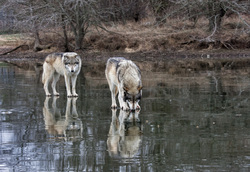 Taking wisdom from the Cherokee culture today...this is a wonderful story about the importance of making space for ALL of your experiences; whether you perceive them as positive or negative. This rendition of the story I got from ServiceSpace's weekly email called InnerNet Weekly (February 5th 2013) and it's called "Beyond the Conflict of Inner Forces." An old Cherokee is teaching his grandson about life: “A fight is going on inside me,” he said to the boy.”It is a terrible fight and it is between two wolves. One is evil – he is anger, envy, sorrow, regret, greed, arrogance, self-pity, guilt, resentment, inferiority, lies, false pride, superiority, and ego.” He continued, “The other is good – he is joy, peace, love, hope, serenity, humility, kindness, benevolence, empathy, generosity, truth, compassion, and faith. The same fight is going on inside you – and inside every other person, too.” The grandson thought about it for a minute and then asked his grandfather: “Which wolf will win?” You might heard the story ends like this: The old Cherokee simply replied, “The one you feed.” In the Cherokee world, however, the story ends this way: The old Cherokee simply replied, “If you feed them right, they both win.” and the story goes on: “You see, if I only choose to feed the white wolf, the black one will be hiding around every corner waiting for me to become distracted or weak and jump to get the attention he craves. He will always be angry and always fighting the white wolf. But if I acknowledge him, he is happy and the white wolf is happy and we all win. For the black wolf has many qualities – tenacity, courage, fearlessness, strong-willed and great strategic thinking – that I have need of at times and that the white wolf lacks. But the white wolf has compassion, caring, strength and the ability to recognize what is in the best interest of all. "You see, son, the white wolf needs the black wolf at his side. To feed only one would starve the other and they will become uncontrollable. To feed and care for both means they will serve you well and do nothing that is not a part of something greater, something good, something of life. Feed them both and there will be no more internal struggle for your attention. And when there is no battle inside, you can listen to the voices of deeper knowing that will guide you in choosing what is right in every circumstance. Peace, my son, is the Cherokee mission in life. A man or a woman who has peace inside has everything. A man or a woman who is pulled apart by the war inside him or her has nothing. "How you choose to interact with the opposing forces within you will determine your life. Starve one or the other or guide them both.” Here is a moving rendition of Amazing Grace. It's the Cherokee version, done by Walela. Best experienced with the volume turned up, and headphones on. From my heart to yours, Sandy Here is a video interview of one of my yogi heros, Matthew Sanford. I've read the book he is speaking about and it was a great read (you can find it by clicking around on the resource page). I've written about this man before, and will again, because I think his message is so amazing....Let me know what you think. "After silence, that which comes nearest to expressing the inexpressible is music." - Aldour Huxley2/29/2012 Dear Readers, What music moves you? I would love to hear what songs touch your soul. Feel free to comment below… What Else Can I Do? By Karla Anderson Recently, I came across a blog written by a man and his family, while he was journeying through a terminal illness. It is so honest, wise and deeply moving, as to his ability to really Be with the experience of his death. I won’t write more about it – there is no way I could do it justice. It can be found here.
Along the same lines, here is a video of an interview with Joan Halifax on Dealing With Death. Joan Halifax has become one of my favourite death and dying gurus for her compassionate approach. Both the resources I have listed in today’s post touch on contemplative practices as a way to understand life. There is much wisdom to be found in these practices – teaching that by “leaning into” grief, death, and suffering, we can find our strength and hold these experiences with open arms. “When we bear witness, when we become the situation – homelessness, poverty, illness, violence, death – the right action arises by itself.” – Roshi Bernie Glassman Palms together… Namaste. How far would you go to sustain the life of someone you love, or your own?
This is the tag line for a feature by PBS Frontline called Facing Death which looks at the complex issues around end-of-life care. I just finished watching it, and I am completely heavy-hearted for the patients and families featured in the documentary, and utterly amazed at the honesty and compassion demonstrated by the Physicicans. This documentary brings to light the advances in medical care and medical treatments, that are able to prolong life and support the functions of the body in ways that would have been considered science fiction not-so-many years ago. Along with these advances comes the difficult junction of making decisions about continuing, or discontinuing these treatments that are indeed life saving. These decisions often having to be made by people (often family members) who may or may not know the wishes of the person who’s life is at risk. It really shows the sense of responsibility on the healthcare-decision maker, being as they are often making life or death decisions, and decisions that affect their loved ones quality of life….ones that have real uncertainty as to if these decision are considered “right,” and if so, or not, by who’s standard? What I loved about the feature, is that it exemplified the fact that no one wants to die. And, no one wants a loved one to die. And, especially, no one wants to die badly. Yet, due to advances in medicine we can be put in the position where we have to weigh the risk of death against the risk of treatment, and degree of suffering created in both cases…and, not just for the patient alone, but for family members and loved ones, who have to live with the decision made either way. There is a really honest look at the fear around death – you can see it in the eyes of the people in the documentary. The fear of uncertainty, the fear of giving up, the fear of losing hope. When it really comes down to “it” is there any conversation or decision that is enough? Any conversation that won’t be felt to be unfinished when you are making decision that are so uncertain in outcome, and so full of, “what ifs?” After a death, what about the surviving loved ones, who may wonder if the right choice was made? Unfortunately, there was no chronicle on the sequelae of events after decisions were made, and patients inevitably died. It would be interesting to have a follow up piece on how this decision making responsibility can impact someones experience of grief…to look at how the survivors view their role in their loved one’s life and in their death. Undoubtedly having the experience of either prolonged medical treatment to slow or reverse a disease, or the sudden invasive treatments that are often done in ICU to save and sustain a life, bleed into the survivors experience of how they remember their loved ones, last interactions, and perceived quality of life and level of suffering endured. The documentary spoke about the monetary cost of end-of-life care, and in my heart of hearts I wondered about the emotional and psychological cost incurred by the loved ones who have to continue living after decisions were made, and their loved one has died…and to that end, why is it that the outcome of death somehow seems to be viewed as the wrong decision or in some way inevitable? Facing Death can be viewed here. How do you define strength and compassion?
This is a TED Talk with Joan Halifax - Compassion and the true meaning of empathy. The following is from a video that a friend posted on Facebook. The link is here, and below I’ve taken the time to write out the message because it needs to be said…And, it can’t be said enough…. Namaste.
“There is more hunger for love and appreciation in this world today than for bread.” ~ Mother Theresa Have you been fed today? Has anyone told you today that you are loved? Has anyone made you feel appreciated and let you know how special you are? Has anyone assured you that you are exactly who you need to be? And that in simply doing what you love to do, you are doing enough? Has anyone reminded you that you didn’t come here to prove anything? You came just to be you. Just you. Because being you is enough. You are one of a kind, A true origonal, a masterpiece of incomparable value, and without you the world would be incomplete Like a puzzle missing a crucial piece. And you are the only being in the universe that can fill that final space. Has anyone told you the regrets of yesterday belong to yesterday? And that right now in this profound moment in time you are perfect. As perfect as you were created to be. Has anyone taken the time to let you know that you are infinitely smarter than you give yourself credit for being? And a thousand times more capable of achieving your dreams than you believe yourself to be? Has anyone told you that you should never, ever doubt your own worth? Because even in those moments when you feel it the least you are still wonderfully made and there is within every single cell of your being enough power to light the world. Your god placed it there the day you were born, and every loving thought you think radiates toward, brightening the world and making it a better place to be. That is how powerful you are. That is how loving you are. So now I ask again, have you been fed today? Has anyone told you that your are truly loved? If not then won’t you please, let me be the one? You are loved. You are loved. You are loved. |
AuthorSandy Ayre Categories
All
Archives
December 2022
|
Classes
|
Helpful Info
|
|

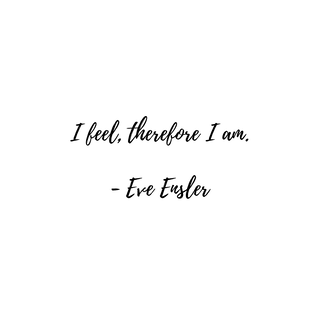
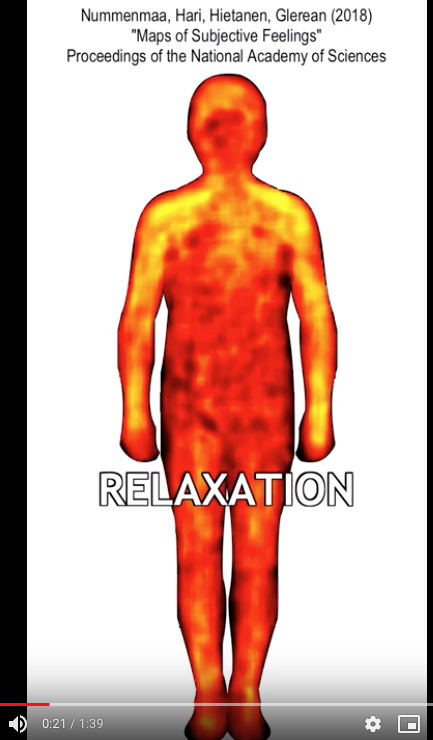
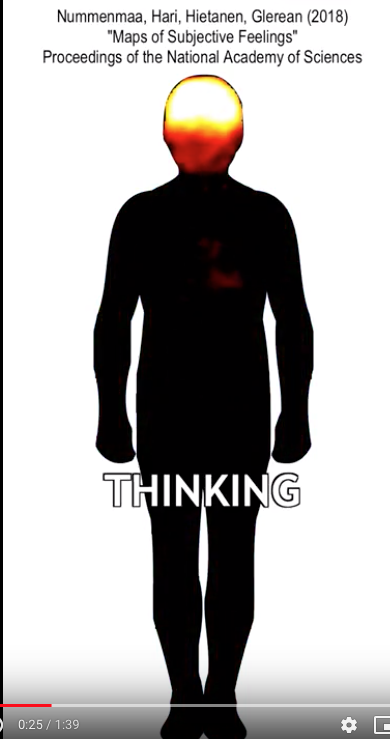
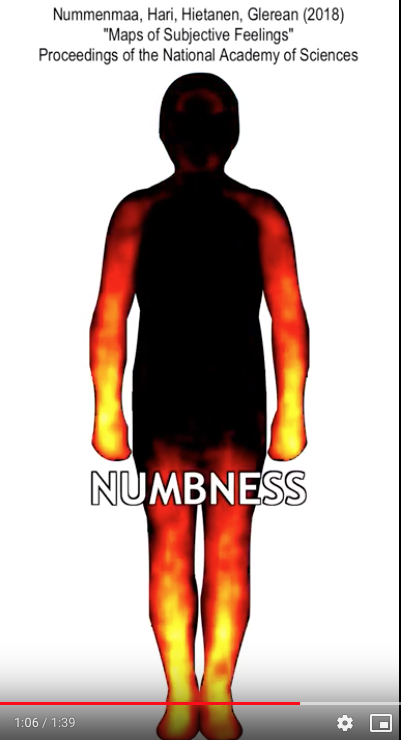
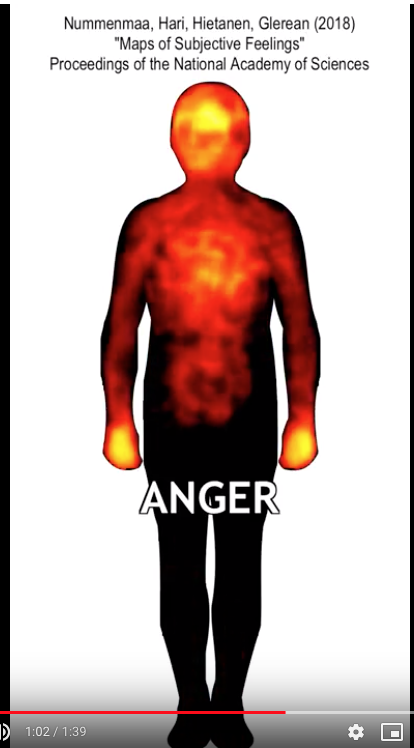
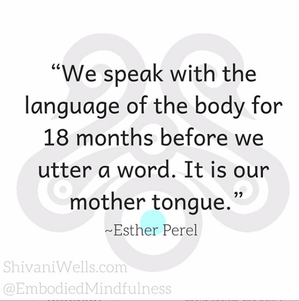

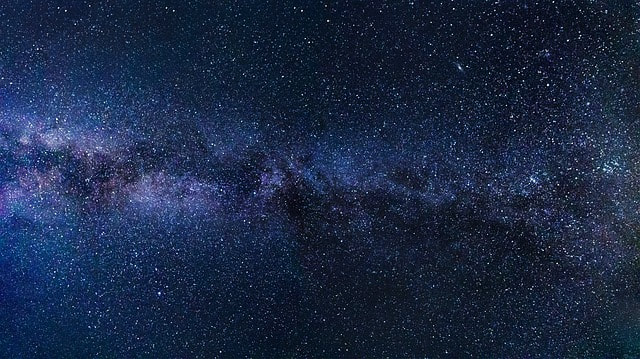
 RSS Feed
RSS Feed
